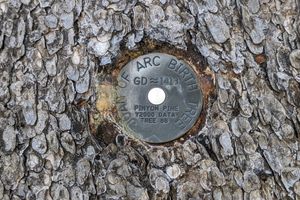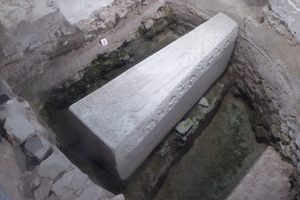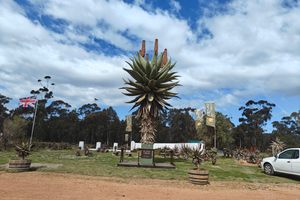The Sandia Mountains of the Sangre de Cristo range are home to many trees, well adapted to the high desert environment. Rocky mountain bristlecones, ponderosas, and piñon pines can survive for centuries on these slopes. To demonstrate the scale of their longevity, a person or persons unknown have embarked on a mission to give a unique perspective to their age.
Dendrochronology is the scientific practice of determining how old a tree is based on the number of rings in its trunk. This can be done either by cutting down a tree and counting the rings, or taking small core samples from living trees. Starting in the 1920s, small medallions fashioned from aluminum, brass, and steel, began appearing on trees in the Sandias. Someone had been taking samples from the trees and determining when they had first sprouted. Once they had a date, they matched it to a historical event that had taken place around the same time.
Close to 90 of these markers have been found so far, along several trails. One healthy bristlecone pine is marked with the birth of Joan of Arc, over 600 years ago. Of course, these trees are not immortal. A medallion commemorating Benjamin Franklin’s 1752 kite experiment now lies on a fallen log—perhaps the tree succumbed to one too many lightning strikes. Some of the medallions themselves have rusted beyond recognition or vanished entirely.
The latest medallion marks Alaska’s statehood in 1959. While it appears no new medallions have been added in recent years, they continue to make an impact in the present. A small community of medallion seekers has arisen to catalog the location of each marker. The medallions have inspired people from Albuquerque and beyond to explore their local trails. They provide a powerful link to the past, and remind visitors that human history and natural history are one and the same.



